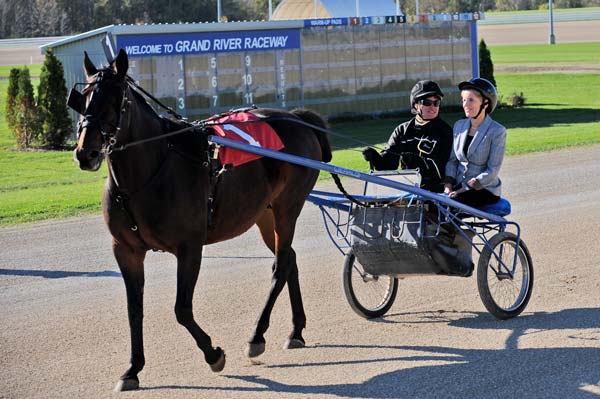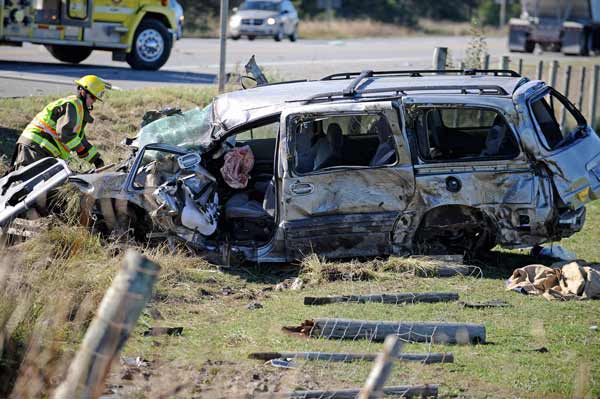Five-year plan announced in Elora would provide $80 million a year, down from $345 million provided by discontinued slots revenue program
![Premier Kathleen Wynne climbed aboard a sulky for some firsthand experience. [Elena Maystruk / The Observer]](https://www.observerxtra.com/content/images/wp-content/uploads/2013/10/post_horseracing.jpg)
The provincial government will spend up to $400 million to help maintain Ontario’s horseracing industry, Premier Kathleen Wynne said while unveiling a five-year plan for the industry at the Grand River Raceway in Elora October 11.
“The jobs that are associated with racing are incredibly important to rural and Northern Ontario and, I would suggest, the whole province,” Wynne said.
The money would help ease the loss of much larger revenues the industry received under the province’s Slots at Racetracks Program (SARP) – 10 per cent to the track operator and 10 per cent to the industry – which fed large purses, which encouraged growth in the horse breeding industry and its spinoff businesses. Fed by slots revenue, Ontario purses have become among the largest in North America.
The transition plan was developed by a three-member panel appointed to find ways to sustain the horseracing industry after the Liberals cancelled SARP, a loss of about $345 million in slots revenue per year for racetracks in the province.
Wynne argued that the previous slots system was not sustainable long term. Starting next April, the Horseracing Partnership Plan will inject $80 million per year into the sector supporting standardbred, thoroughbred and quarter-horse racing. Wynne promises it will sustain all members of the industry and continue to provide investments and support after the initial five-year period is complete.
“We have to make some changes. Integrating the horseracing industry with the Ontario Lottery and Gaming Corporation’s modernization plan is one of those changes – there needs to be that integration of the horseracing industry and the gaming industry across the province,” she said.
Part of the plan is to grow the horseracing fan base using OLG’s marketing and gambling expertise as well as restructuring the Ontario Racing Commission to create both a regulatory division and an industry development division which will work with OLG on marketing initiatives.
Another change for the commission comes with the retirement of commission chair Rod Seiling (raised in Elmira) after his appointment in 2006, with Horse Racing Transition Panel member Elmer Buchanan taking his place.
Purse distributions for next year amount to an estimated $130 million across the industry, near half of what it used to enjoy. Centre Wellington Mayor Joanne Ross-Zuj said the new plan does provide a cushion for the future.
“We know we have an excellent model of how things should operate, how you can work effectively in a community and [have] it be a win-win for everyone involved. We’re delighted with the news today to get into our strategic planning because we’ve got some security for five years,” she said.
Wynne said future efforts will look at different revenue streams available for the horseracing sector.
OLG president and CEO Rod Phillips promises to commit OLG’s resources “to implement and execute the government’s plan” while promising to help create thousands of jobs and “drive more than $3 billion in capital investments across Ontario” with the commission’s future initiatives.
“[Premier Wynne] has taken a huge interest in horse racing in rural Ontario and making sure we find a sustainable future for the horseracing industry,” said Guelph MPP Liz Sandals.









